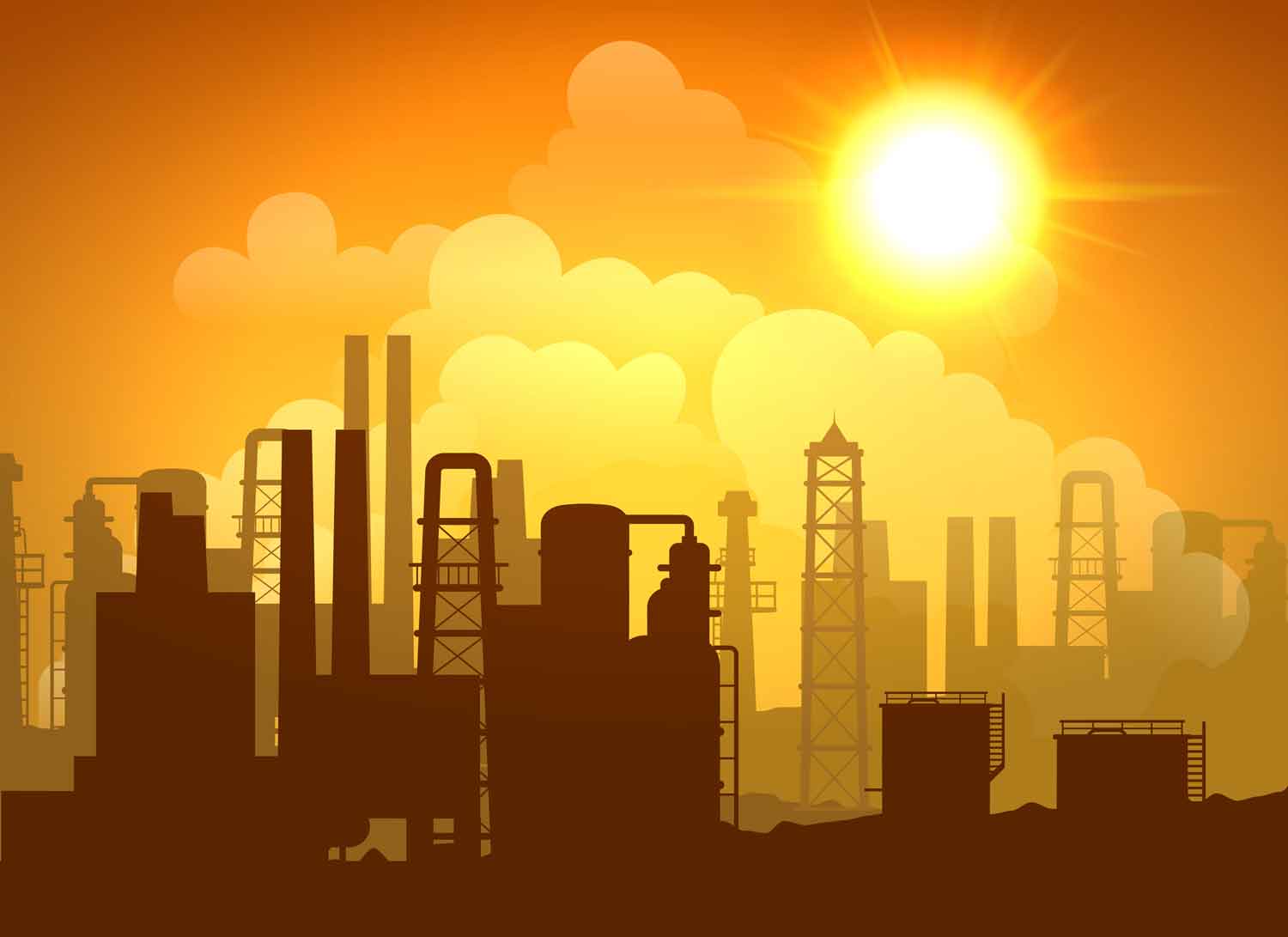The oil and gas industry is one of the world’s largest in terms of dollar value. Oil is critical to the global economic framework, particularly in the top oil-producing countries: the United States, Russia, Canada, China, and Saudi Arabia.
The unique indicators and sophisticated verbiage used in oil and gas operations can quickly baffle new investors. This article will describe how the industry is divided into three components and explain each in detail.
What Are Upstream, Midstream and Downstream?
Upstream
This is a catch-all word encompassing industry operations involving natural gas and oil exploration and production. Upstream firms look for and exploit raw material reservoirs. They mainly deal with the earliest stages of production, such as drilling and bringing oil and gas to the surface. Upstream companies are frequently referred to as E&P companies, which represent exploration and production.
This segment is distinguished by significant investment capital, long duration, high risks, and technological rigour. Most of these companies’ statement line items and cash flow are directly related to oil and gas production.
Midstream
The term “midstream” refers to the stages between raw material generation and final refining/processing. These typically comprise transportation (by pipeline, tanker ships, HGVs, and other means), storage, and some preliminary processing.
It should be noted, however, that most of the processing occurs in downstream processes. Because they overlap so frequently, midstream operations often fall under the umbrella of downstream activities.
Watertight logistics are essential for efficient midstream activities, as oil must be delivered from one location to another at precisely the right time.
The efficiency of midstream activities is constantly improving, thanks to breakthrough Artificial Intelligence technologies and enhanced automation of infrastructure configurations. As a result, oil and gas companies are getting closer to genuinely ideal output levels.
Other advantages of such digital innovation include increased safety and control. Some people are unhappy with the digital era. However, anyone in the oil and gas sector understands how important it is to advance not only midstream oil and gas companies but the industry as a whole.
Downstream
Downstream refers to the final stage of the oil and gas industry. This encompasses everything involved in transforming crude oil and natural gas into the myriad of finished products on which we rely every day. Fuels such as gasoline, diesel, kerosene, jet fuels, heating oils, and asphalt for road construction are among the more visible goods.
Long-chain hydrocarbons found in both oil and natural gas, on the other hand, are utilized to manufacture significantly less visible items such as synthetic rubbers, fertilizers, preservatives, containers, and plastics for parts in numerous products.
Oil and natural gas materials are used to build artificial limbs, hearing aids, and flame-retardant clothes to protect firefighters. In reality, paintings, dyes, textiles, and almost everything made has some connection to oil.
How All This Process Work
Upstream: Exploration entails various tasks, such as securing land rights, conducting geological studies, and digging exploratory wells to seek oil and gas reserves. It is a high-risk activity for organizations since it is expensive, and those expenses are only completely recouped if the organization conducts the investigation.
Extracting a natural resource from the ground is referred to as production. This includes drilling wells (onshore or offshore) and fracking. Midstream oil and gas works relate to the subsequent steps in refining oil and natural gas.
Unsurprisingly, upstream operations rely primarily on technology and electronics. Before drilling exploration wells, modern exploration relied on surveys made with advanced electronic equipment, likely influencing AI and computer-based models of the area.
As mechanical drilling and fracking technology has become more modern, autonomous, and efficient, production has become more automated and computerized. All of these electronics imply a substantial reliance on cabling to keep upstream works operational.
Downstream: These operations represent the final step in the journey of oil and gas from the earth to customers’ hands. They are preceded by upstream and midstream operations, which deal with extracting and transporting crude oil and natural gas to refineries.
Refining is thus the initial stage in downstream processes. Crude oil is refined into various products, including gasoline, naphtha, kerosene, and diesel oil, via fractional distillation.
Because these multiple products have distinct boiling points, fractional distillation works. The crude oil is heated in the bottom of the distillation chamber until all of its constituents transform into gases that rise in the chamber.
Natural gas processing is a significantly more sophisticated process that involves many chemical processes to produce various end products such as ethane, propane, and butane.
Both items are refined and processed before being packaged in multiple ways and supplied to customers. This could be petroleum being transported to gas stations to be filled by customers or butane being bottled for use in camping stoves.
Midstream operations or field processing are also mentioned on occasion; these procedures are located between upstream and downstream processes in producing oil and gas midstream products. After the exploration and extraction of raw materials from the earth has been accomplished, midstream operations cover the initial processing, storage, and transportation of the commodities to locations for further refining.
This processing works to separate the components of raw oil, a mixture of oil, natural gas, and natural gas liquids, resulting in water production. While the water is recycled or disposed of, the natural gas and oil are stored.
These resources are then kept in preparation for delivery to refineries, where crude oil and natural gas are converted into a range of products that are eventually sold to customers. This complicated operation involves global supply chain companies and real-time transportation visibility platforms such as pipelines, tankers, barges, and trucks.
The Difference between Upstream, Midstream and Downstream
Upstream oil firms are primarily involved in oil discovery, extraction, and production. On the other hand, downstream oil firms are responsible for refining and transporting petroleum products to customers.
Midstream activities include storing, processing, and transporting petroleum products between upstream and downstream enterprises. However, most oil and gas supply chain data is unstructured. We need sophisticated software tools to interpret this data and uncover hidden patterns to learn essential lessons.
So there you have it. ‘Upstream’ refers to the extraction of oil and natural gas from the ground; ‘midstream’ refers to the safe transportation of these resources thousands of miles, and ‘downstream’ refers to the conversion of these resources into the finished fuel products on which we all rely.
Together, these three sectors of the oil and natural gas business ensure a continual flow of fuels and commodities that improve and protect our lives.









